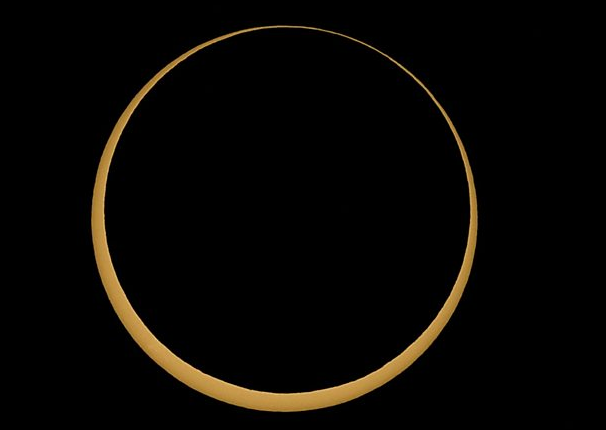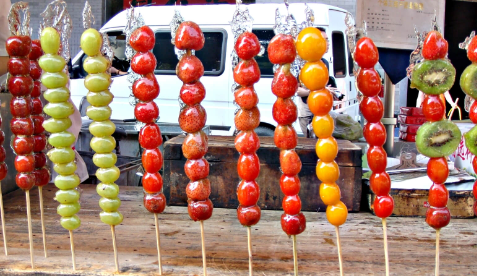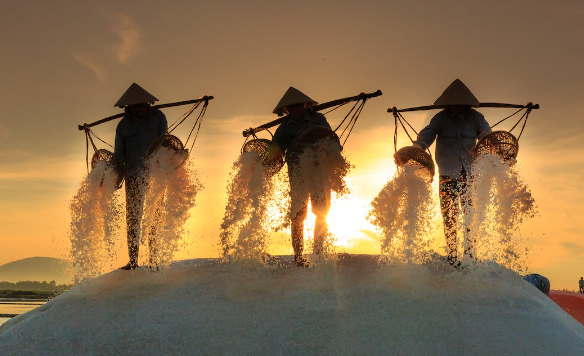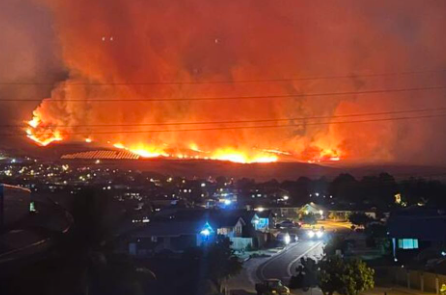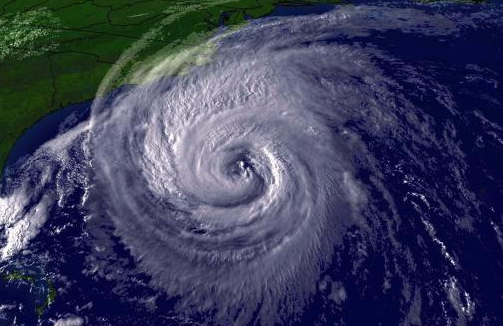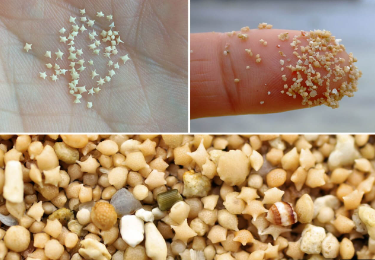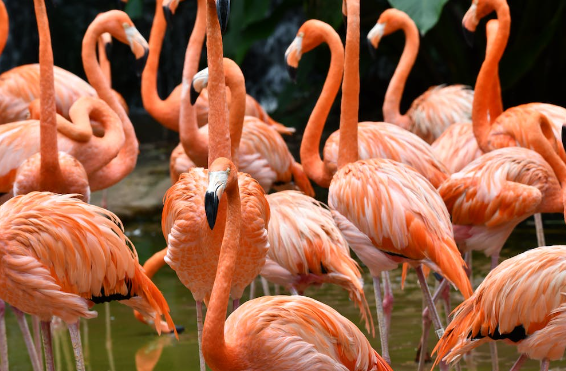장마와 몬순
In Korea, the start of summer is marked with the phenomenon called Jangma, a rainy season which comes once every year and generally lasts from mid-June until the end of July.
한국에서, 여름의 시작은 장마라고 불리는 현상으로 특징지어지는데, 매년 한 번씩 오고 일반적으로 6월 중순부터 7월 말까지 지속됩니다.
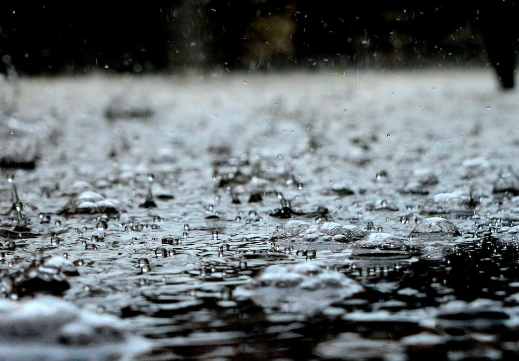
The East Asian monsoon is a monsoonal flow that carries moist air from the Indian Ocean and Pacific Ocean to East Asia, where seasonal rain is formed and travels back and forth around the Korean Peninsula. It is believed that the word Jangma originates from the 1500’s, when the Chinese word for “long” and the word meaning “rain” were combined.
동아시아 몬순은 인도양과 태평양에서 습한 공기를 동아시아로 옮기는 몬순류로 계절성 비가 형성되어 한반도를 왕복합니다. 장마라는 단어는 1500년대에 중국어로 '길다'라는 단어와 '비'를 의미하는 단어가 합쳐진 것에서 유래한 것으로 여겨집니다.
What Is a Monsoon?
A monsoon is a shift in winds that often causes a very rainy season or a very dry season. Although monsoons are usually associated with parts of Asia, they can happen in many tropical and subtropical regions – including several locations in the United States.
몬순이란 무엇일까요?
몬순은 종종 매우 우기 또는 매우 건조한 계절을 유발하는 바람의 변화입니다. 몬순은 일반적으로 아시아 일부와 관련이 있지만 미국의 여러 지역을 포함하여 많은 열대 및 아열대 지역에서 발생할 수 있습니다.
When people think of a monsoon, they often think of heavy rains that pour down for weeks. While a rainy season is part of a monsoon, a monsoon is more than just rain. In fact, monsoons can also cause dry weather. Monsoons are caused by a change in the direction of the wind that happens when the seasons change. In fact, even the word monsoon comes from the Arabic word mausim, which means “season.”
사람들은 몬순을 생각할 때 종종 몇 주 동안 쏟아지는 폭우를 생각합니다. 장마는 몬순의 일부이지만 몬순은 단순한 비 그 이상입니다. 사실, 몬순은 또한 건조한 날씨를 유발할 수 있습니다. 몬순은 계절이 바뀔 때 발생하는 바람의 방향이 바뀌어 발생합니다. 실제로 몬순이라는 단어도 "계절"을 의미하는 아랍어 mausim에서 유래했습니다.

What causes a monsoon?
A monsoon is caused by a seasonal shift in the winds. The winds shift because the temperature of the land and the temperature of the water are different as seasons change. For example, at the beginning of summer, the land warms up faster than bodies of water. Monsoon winds always blow from cold to warm. In the summer, warm air rising off the land creates conditions that reverse the direction of the wind.
몬순의 원인은 무엇입니까?
몬순은 바람의 계절적 변화로 인해 발생합니다. 계절이 변함에 따라 육지의 온도와 수온이 다르기 때문에 바람이 이동합니다. 예를 들어, 초여름에는 육지가 수역보다 더 빨리 따뜻해집니다. 몬순 바람은 항상 찬 바람에서 따뜻한 바람으로 붑니다. 여름에는 육지에서 올라오는 따뜻한 공기가 바람의 방향을 바꾸는 조건을 만듭니다.

